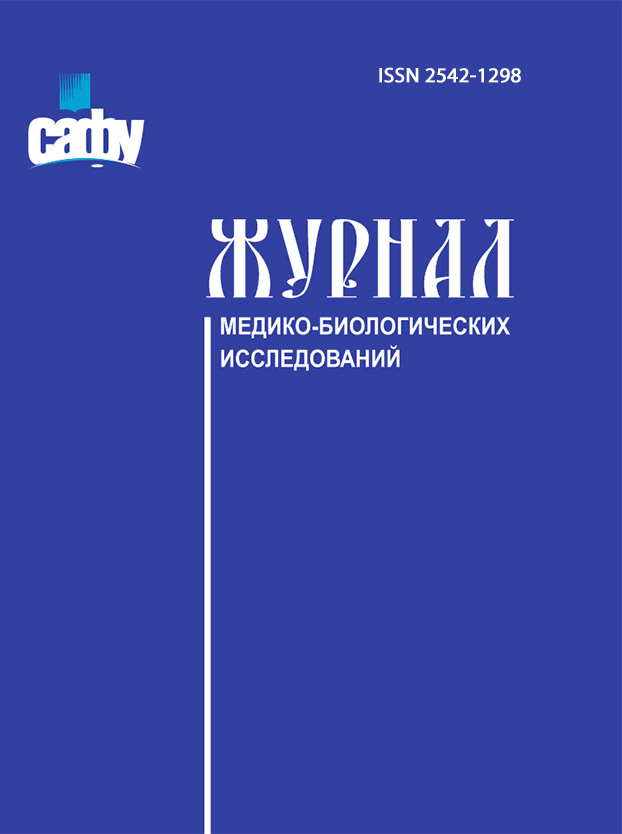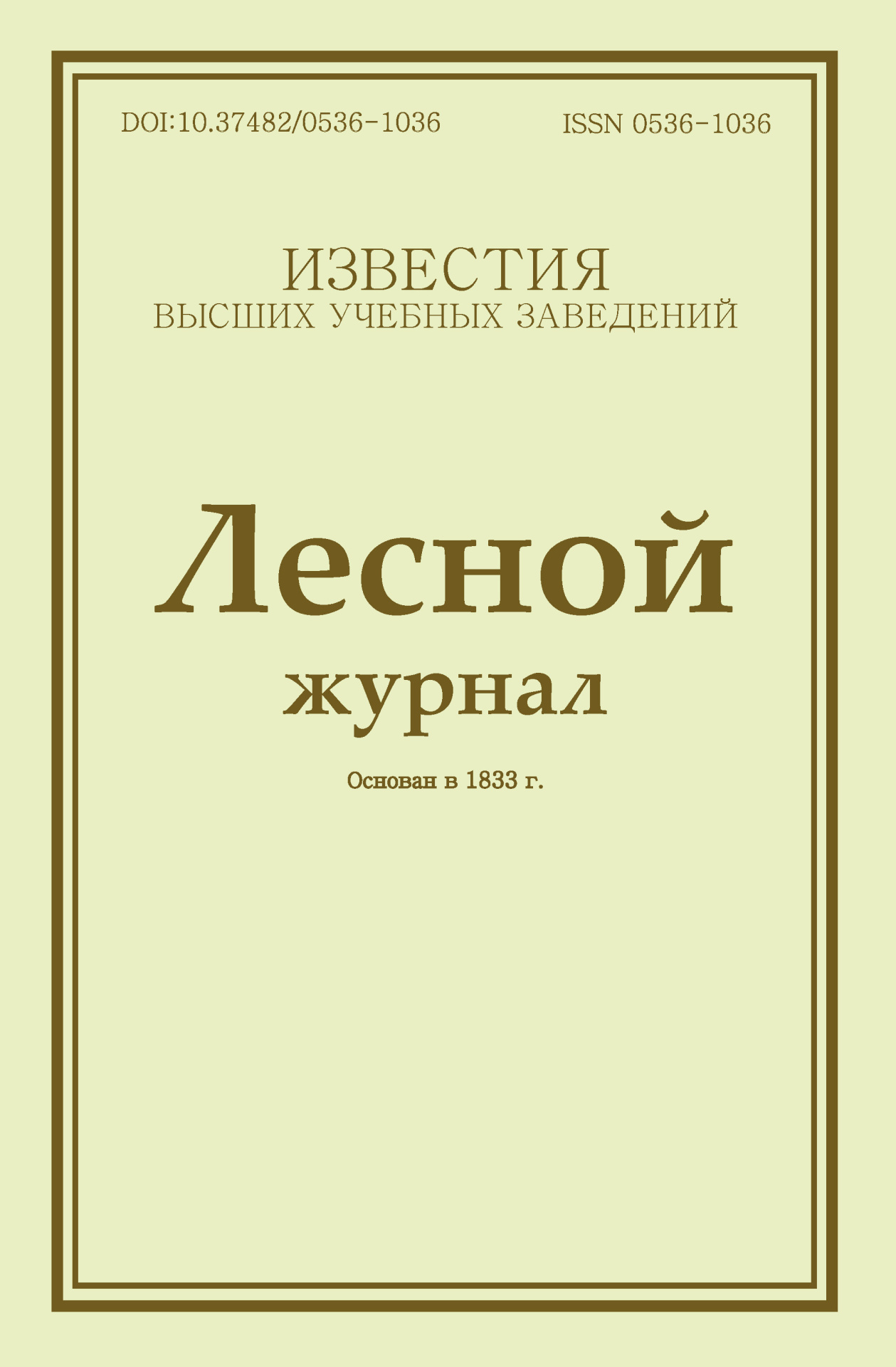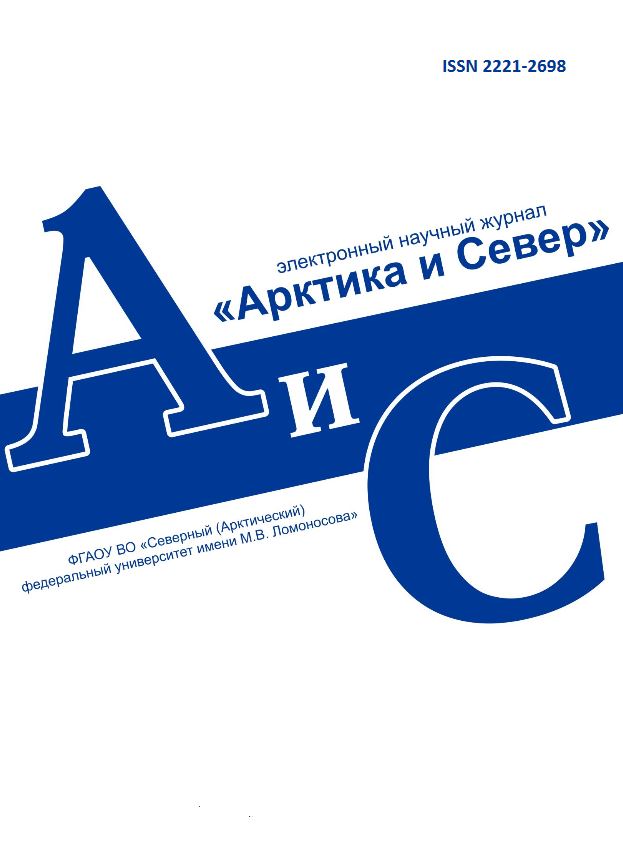
Vestnik of Northern (Arctic) Federal University.
Series "Humanitarian and Social Sciences"
ISSN 2227-6564 e-ISSN 2687-1505 DOI:10.37482/2687-1505
Legal and postal addresses of the founder and publisher: Northern (Arctic) Federal University named after M.V. Lomonosov, Naberezhnaya Severnoy Dviny, 17, Arkhangelsk, 163002, Russian Federation Editorial office address: Vestnik of Northern (Arctic) Federal University. Series "Humanitarian and Social Sciences", 56 ul. Uritskogo, Arkhangelsk
Phone: (8182) 21-61-20, ext. 18-20 ABOUT JOURNAL |
Section: Philosophy Download (pdf, 0.4MB )UDC94(594):297DOI10.37482/2687-1505-V452AuthorsVladislav V. Bezmenov, Postgraduate Student, Department of Religious Studies, Kazan (Volga Region) Federal University, Columnist at the Development Department, Tatar-Inform Information Agency (address: ul. Dekabristov 2, Kazan, 420066, Russia).e-mail: bezmenov.vlad@inbox.ru, ORCID: https://orcid.org/0000-0001-7764-7003 AbstractThe article analyses the formation and construction of Islamic religious identity in Indonesia, which, according to the author, began in the second half of the 20th century. The paper is focused on the activities of large Islamic religious associations that broadcast their Islamic religious identity in Indonesia. These include Nahdlatul Ulama and Muhammadiyah, which evolved in the first half of the 20th century without outside influence, as well as Ulema Council, artificially constructed in independent Indonesia in 1975. The author believes that the formation of Islamic religious identity in Indonesia after the country gained its independence in 1949 includes the activities of Nahdlatul Ulama and Muhammadiyah, which are ideological vehicles of two Islamic identity traditions that originated on the territory of Indonesia in the late Middle Ages and Modern Times. Nahdlatul Ulama advocates the preservation of Indonesia’s local pre-Islamic traditions, while Muhammadiyah, on the contrary, calls for abandonment of the local adat and for the unification of the Indonesian Islamic tradition based on the Koran and Sunnah. By the construction of Islamic religious identity in Indonesia the author means the work of the Indonesian Ulema Council, which was created in the second half of the 20th century to legitimize the policies of President Suharto’s regime. In addition to Nahdlatul Ulama and Muhammadiyah ulamas, the Council included theologians from other Indonesian Islamic associations, which ensured that all of the country’s Islamic traditions were represented when making religious decisions. Through the analysis of the processes under study, the author was able to trace the transformation of Indonesian Islam and its role in the life of the country after it gained independence.KeywordsNahdlatul Ulama, Muhammadiyah, Indonesian Ulema Council, Indonesia, Islamic religious identity, Islamic religious associationsReferences
|
Make a Submission
INDEXED IN:
|
Продолжая просмотр сайта, я соглашаюсь с использованием файлов cookie владельцем сайта в соответствии с Политикой в отношении файлов cookie, в том числе на передачу данных, указанных в Политике, третьим лицам (статистическим службам сети Интернет).






